As a professional...
From design to mass production: How do tin box factories meet customers' personalized customization needs?
This article deeply analyzes how professional tin box factories can meet customers' diverse needs for customized tin boxes through flexible design and development, efficient production processes and strict quality control, covering the entire chain of services from creative conception to mass production and delivery, helping companies to create differentiated packaging solutions.
---
1. Market trend of tin box customization demand
With the upgrading of consumption and intensified brand competition, companies' demand for tin box packaging has shifted from basic functions to personalized customization. Whether it is high-end tea, luxury goods, cosmetics, or food gift boxes, customers hope to convey brand value and enhance user experience with the help of unique tin box designs. Data shows that the global customized packaging market will grow by 12% in 2025, among which customized tin boxes have become the preferred choice in the field of high-end packaging due to their environmental protection, durability and strong plasticity.
---

2. Customized service process of tin box factory
a. Demand communication and creative design
The first step of a professional tin box factory is to communicate in depth with customers to clarify product positioning, usage scenarios and functional requirements (such as sealing, size, printing process). Through 3D modeling, rendering and other technologies, the factory can quickly provide a variety of design solutions, covering box structure (round, square, special shape), surface treatment (matte, glossy, embossed), printing process (hot stamping, silk screen, laser engraving), etc., to ensure that the design is both aesthetic and practical.
b. Proofing and scheme confirmation
According to the design draft selected by the customer, the factory uses precision molds to make samples, and simulates the actual usage scenario to test the performance such as pressure resistance and opening and closing smoothness. This stage supports multiple adjustments until the customer confirms the final plan.
c. Large-scale mass production and quality control
The tin box factory achieves efficient mass production through automated production lines (such as CNC stamping and laser cutting), while strictly controlling each link:
- Material selection: food-grade tinplate, environmentally friendly tinplate, etc. meet international safety standards;
- Production accuracy: the error is controlled within ±0.2mm to ensure the consistency of batch products;
- Quality inspection: pass salt spray test, drop test, printing adhesion test, etc. to ensure the durability of finished products.
---
3.Three core advantages to meet personalized needs
a. Flexible small batch customization capabilities
Different from traditional packaging factories, modern tin box factories support the "small order fast response" mode, with a minimum order quantity of 100 pieces, reducing the customer's trial and error costs, especially suitable for emerging brands or limited edition products.
b. Full-link digital management
From order tracking to production scheduling, the factory realizes transparent management through the ERP system, and customers can view the progress in real time to ensure timely delivery.
c. Cross-industry solution experience
- Tea industry: Design moisture-proof tin cans with food-grade PE sealing layer for lining;
- Jewelry industry: Develop magnetic opening and closing structure, with flannel inner support to enhance luxury;
- Cosmetics industry: Combine hot stamping and UV printing technology to create light luxury style packaging.

---
4. Case sharing: Customized tin boxes help brand upgrade
A high-end tea brand commissioned a tin box factory to develop a series of gift boxes, requiring the integration of traditional cultural elements and modern environmental protection concepts. The factory achieved its goal through the following steps:
a. Design stage: Inspired by landscape painting, laser engraving technology is used to present three-dimensional textures;
b. Production stage: Recyclable tinplate is selected with bamboo interlayer embedded;
c. Results: After the product was launched, the customer repurchase rate increased by 30%, and it won the industry design award.
---
5. Future trends: intelligence and sustainability
Leading tin box factories are accelerating the layout of green production, such as using water-based inks, solar energy equipment, and introducing AI quality inspection systems to improve efficiency. At the same time, modular design (replaceable lining, reusable structure) will become a new direction for personalized customization, further reducing resource waste.
---
Conclusion
As a bridge between brands and consumers, the customized service of tin box packaging is not only a reflection of technical strength, but also a precise response to market demand. Choosing a tin box factory that combines design innovation, production stability and environmental responsibility will win differentiated competitive advantages for the company and enable product value enhancement.


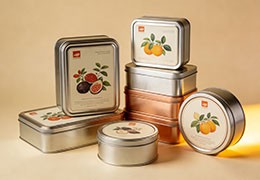

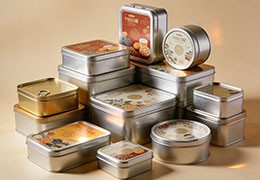
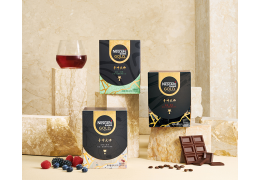
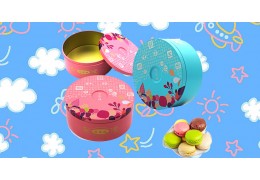
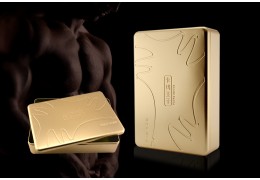
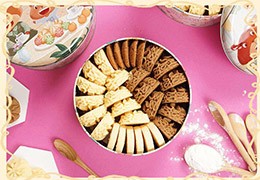
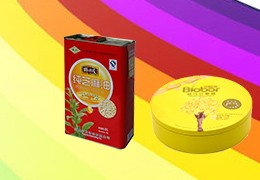

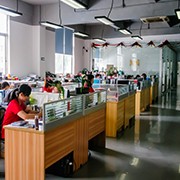


Latest comments